The Occupational Medicine Market is a dynamic and rapidly evolving sector that plays a critical role in safeguarding employee health and optimizing workplace environments.
As the importance of occupational health continues to garner attention due to shifting workforce demographics and an increased focus on illness prevention, companies in this market are striving to develop comprehensive solutions that meet the diverse health needs of organizations.
The competitive landscape is characterized by numerous players offering a range of services, including health assessments, disease management, regulatory compliance, and wellness programs tailored to industry-specific challenges.
Continuous advancements in technology and an expanding emphasis on proactive health measures further complicate this landscape. Companies are increasingly leveraging data analytics to improve service delivery and enhance the overall effectiveness of occupational health initiatives, making the market a focal point for innovation and strategic growth.
Employee Health Services has established itself as a key player within the Occupational Medicine Market, capitalizing on its extensive experience and expertise in delivering tailored employee health solutions.
The strength of Employee Health Services lies in its comprehensive service offerings, which encompass preventative care, health screenings, and tailored wellness programs designed to meet the specific needs of various industries.
By fostering strong partnerships with employers, Employee Health Services not only ensures regulatory compliance but also facilitates the effective management of health-related risks in the workplace. This organization has successfully built a reputation for its exceptional customer service, reliable reporting, and data-driven decision-making, all of which enhance the value delivered to clients.
Furthermore, through a proactive approach to employee health management, Employee Health Services supports organizations in cultivating a safer, healthier work environment that ultimately contributes to improved employee productivity and well-being.
Concentra operates as a prominent entity within the Occupational Medicine Market, recognized for its targeted focus on healthcare services specifically designed for the workforce. Concentra's strength lies in its ability to offer an integrated suite of services, including urgent care, physical therapy, and wellness programs that are strategically tailored for various business sectors.
The company employs a network of skilled professionals specializing in occupational health, ensuring high-quality standards are maintained across all service touchpoints. Concentra's commitment to innovation is evident through the utilization of advanced technologies to streamline service delivery and enhance patient engagement.
By prioritizing swift access to care and emphasizing preventative strategies, Concentra effectively helps organizations mitigate risks, reduce healthcare costs, and optimize workplace productivity. Its extensive national footprint further solidifies Concentra's role as a leading provider in the field, making it a trusted partner for many businesses seeking to prioritize their employees' health and well-being.


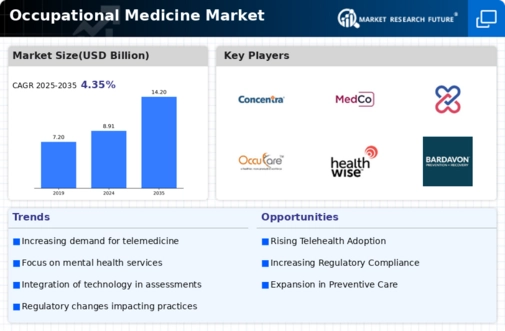


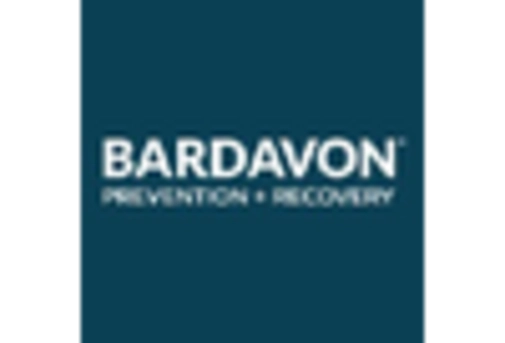
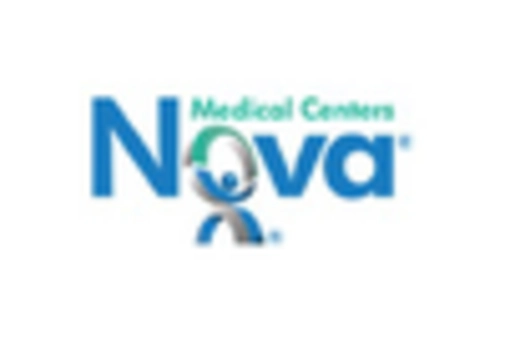
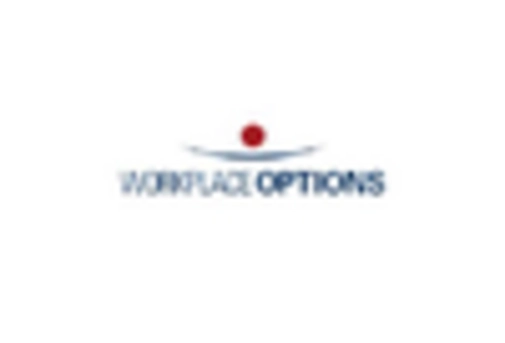
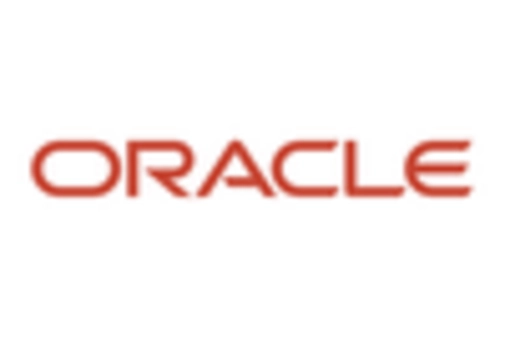
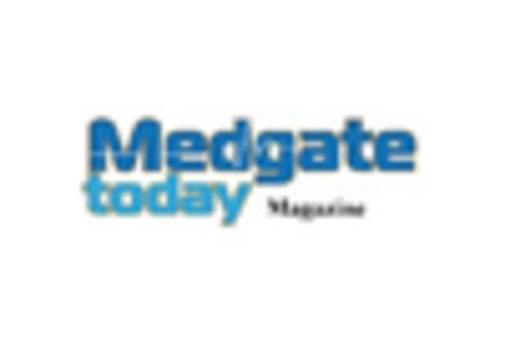












Leave a Comment